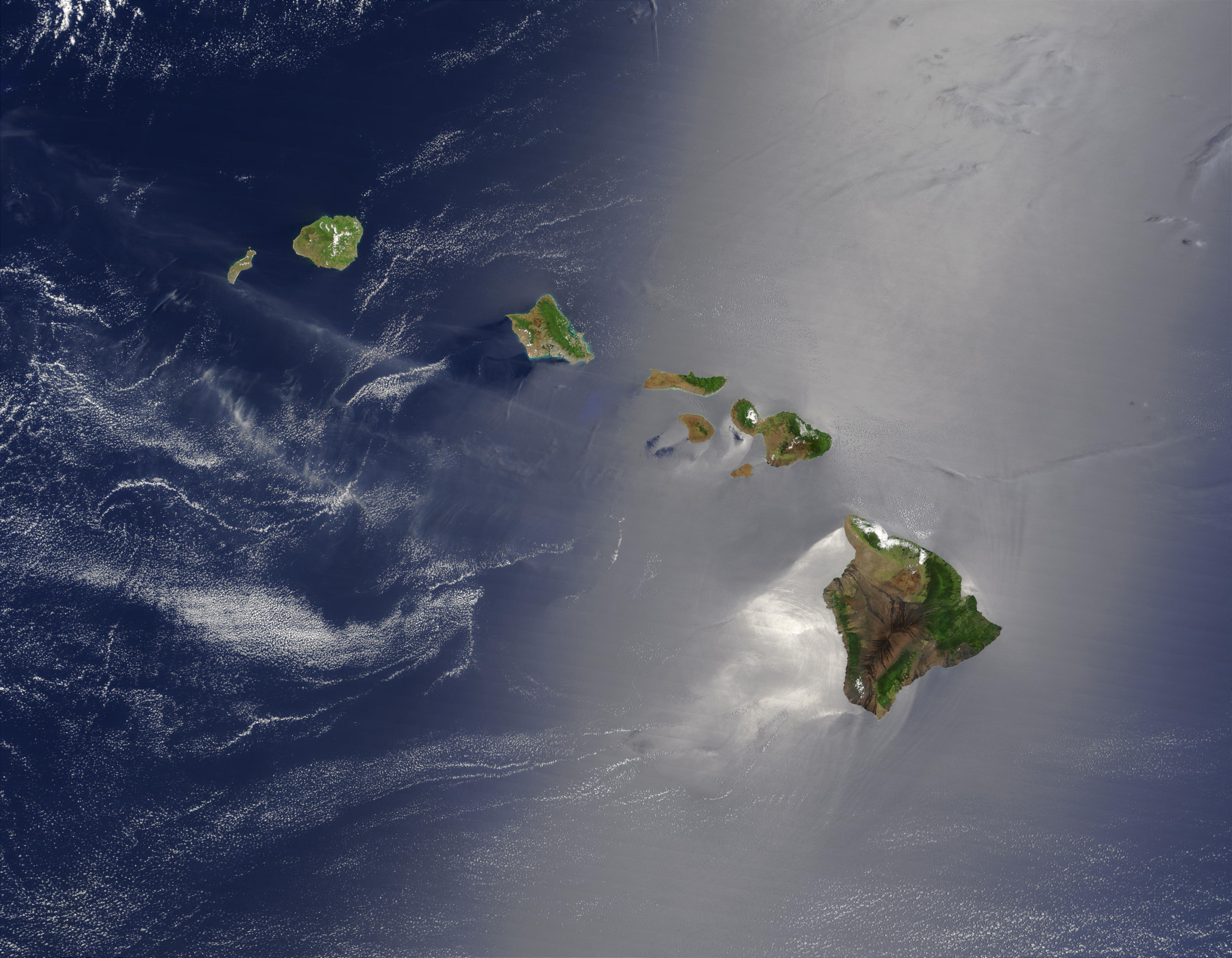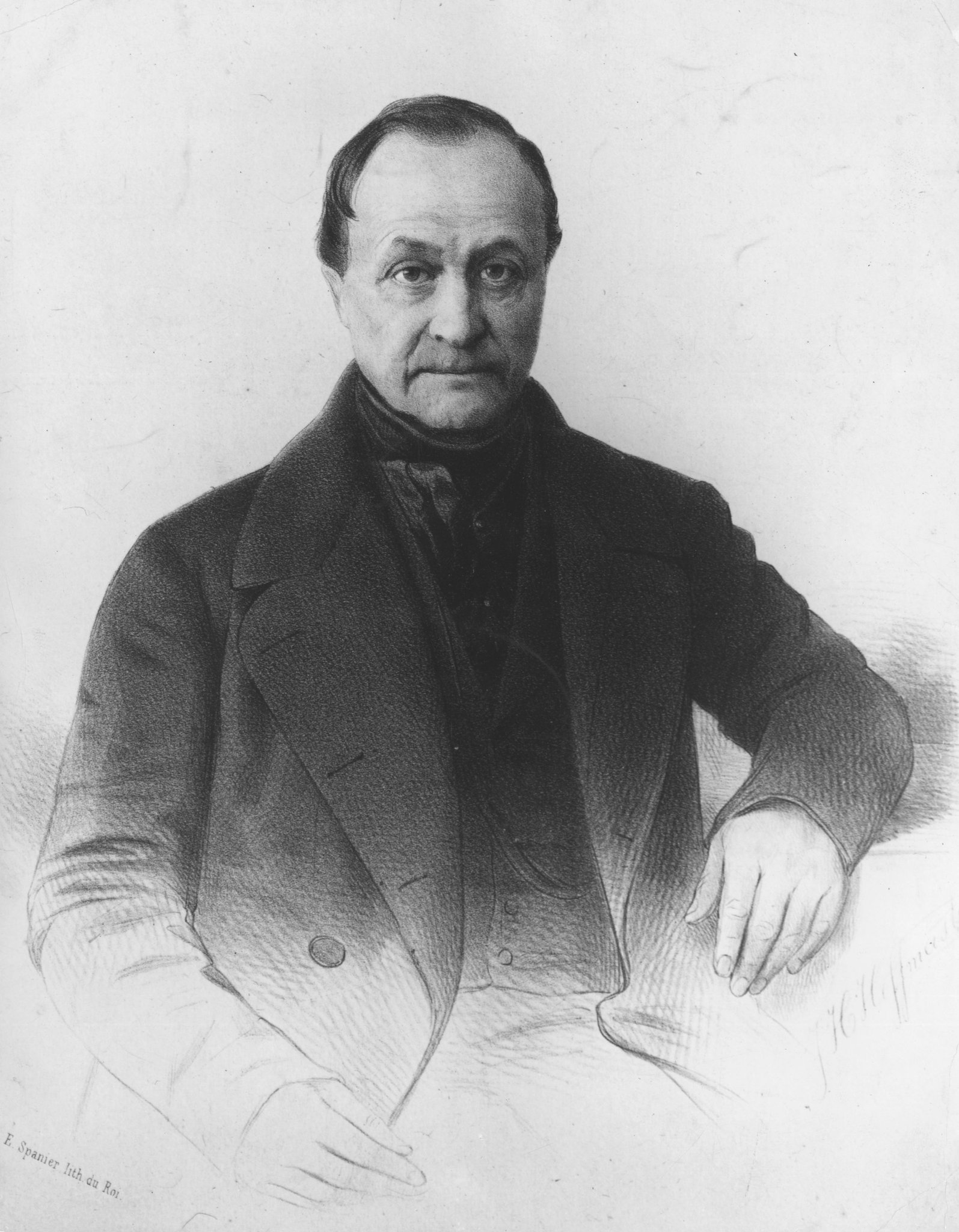|
Anagenesis
Anagenesis is the gradual evolution of a species that continues to exist as an interbreeding population. This contrasts with cladogenesis, which occurs when there is branching or splitting, leading to two or more lineages and resulting in separate species. Anagenesis does not always lead to the formation of a new species from an ancestral species. When speciation does occur as different lineages branch off and cease to interbreed, a core group may continue to be defined as the original species. The evolution of this group, without extinction or species selection, is anagenesis. Hypotheses One hypothesis is that during the speciation event in anagenetic evolution, the original populations will increase quickly, and then rack up genetic variation over long periods of time by mutation and recombination in a stable environment. Other factors such as selection or genetic drift will have such a significant effect on genetic material and physical traits that a species can be ackno ... [...More Info...] [...Related Items...] OR: [Wikipedia] [Google] [Baidu] |
Cladogenesis
Cladogenesis is an evolutionary splitting of a parent species into two distinct species, forming a clade. This event usually occurs when a few organisms end up in new, often distant areas or when environmental changes cause several extinctions, opening up ecological niches for the survivors and causing population bottlenecks and founder effects changing allele frequencies of diverging populations compared to their ancestral population. The events that cause these species to originally separate from each other over distant areas may still allow both of the species to have equal chances of surviving, reproducing, and even evolving to better suit their environments while still being two distinct species due to subsequent natural selection, mutations and genetic drift. Cladogenesis is in contrast to anagenesis, in which an ancestral species gradually accumulates change, and eventually, when enough is accumulated, the species is sufficiently distinct and different enough from its o ... [...More Info...] [...Related Items...] OR: [Wikipedia] [Google] [Baidu] |
Paraspecies
A paraspecies (a paraphyletic species) is a species, living or fossil, that gave rise to one or more daughter species without itself becoming extinct. Geographically widespread species that have given rise to one or more daughter species as peripheral isolates without themselves becoming extinct (i.e. through peripatric speciation) are examples of paraspecies. Paraspecies are expected from evolutionary theory (Crisp and Chandler, 1996), and are empirical realities in many terrestrial and aquatic taxa. Examples * A well-documented example of a living mammal species that gave rise to another living species is the evolution of the polar bear from the brown bear. * An example of a living reptile paraspecies is New Zealand's North Island tuatara ''Sphenodon punctatus'', which gave rise to the Brothers Island tuatara '' Sphenodon guntheri''. An example of a living bird paraspecies is '' Empidonax occidentalis'', the Cordilleran flycatcher. * An example of a living plant paraspecies ... [...More Info...] [...Related Items...] OR: [Wikipedia] [Google] [Baidu] |
Evolution
Evolution is change in the heritable characteristics of biological populations over successive generations. These characteristics are the expressions of genes, which are passed on from parent to offspring during reproduction. Variation tends to exist within any given population as a result of genetic mutation and recombination. Evolution occurs when evolutionary processes such as natural selection (including sexual selection) and genetic drift act on this variation, resulting in certain characteristics becoming more common or more rare within a population. The evolutionary pressures that determine whether a characteristic is common or rare within a population constantly change, resulting in a change in heritable characteristics arising over successive generations. It is this process of evolution that has given rise to biodiversity at every level of biological organisation, including the levels of species, individual organisms, and molecules. The theory of evolut ... [...More Info...] [...Related Items...] OR: [Wikipedia] [Google] [Baidu] |
Oxford English Dictionary
The ''Oxford English Dictionary'' (''OED'') is the first and foundational historical dictionary of the English language, published by Oxford University Press (OUP). It traces the historical development of the English language, providing a comprehensive resource to scholars and academic researchers, as well as describing usage in its many variations throughout the world. Work began on the dictionary in 1857, but it was only in 1884 that it began to be published in unbound fascicles as work continued on the project, under the name of ''A New English Dictionary on Historical Principles; Founded Mainly on the Materials Collected by The Philological Society''. In 1895, the title ''The Oxford English Dictionary'' was first used unofficially on the covers of the series, and in 1928 the full dictionary was republished in 10 bound volumes. In 1933, the title ''The Oxford English Dictionary'' fully replaced the former name in all occurrences in its reprinting as 12 volumes with a one- ... [...More Info...] [...Related Items...] OR: [Wikipedia] [Google] [Baidu] |
Sociocultural Evolution
Sociocultural evolution, sociocultural evolutionism or social evolution are theories of sociobiology and cultural evolution that describe how societies and culture change over time. Whereas sociocultural development traces processes that tend to increase the complexity of a society or culture, sociocultural evolution also considers process that can lead to decreases in complexity ( degeneration) or that can produce variation or proliferation without any seemingly significant changes in complexity (cladogenesis). Sociocultural evolution is "the process by which structural reorganization is affected through time, eventually producing a form or structure which is qualitatively different from the ancestral form". Most of the 19th-century and some 20th-century approaches to socioculture aimed to provide models for the evolution of humankind as a whole, arguing that different societies have reached different stages of social development. The most comprehensive attempt to develop a ... [...More Info...] [...Related Items...] OR: [Wikipedia] [Google] [Baidu] |
Marc Ereshefsky
Marc Ereshefsky is a professor of philosophy at the University of Calgary, specializing in the philosophy of science and the philosophy of biology. His research focuses on issues on the intersection of philosophy and biology. Ereshefsky is specifically known for his work on taxonomy, systematics and natural kinds. His research has been supported by the Social Sciences and Humanities Research Council of Canada, the Canadian Institutes of Health Research, and the National Science Foundation The National Science Foundation (NSF) is an independent agency of the United States government that supports fundamental research and education in all the non-medical fields of science and engineering. Its medical counterpart is the National .... Personal life Ereshefsky lives in Calgary with his wife, two sons, Jacob and Josh, and their puppy. His favourite weekend activities include hiking in the nearby Rocky Mountains, and going for runs. Publications Books * ''The Units of Evolution ... [...More Info...] [...Related Items...] OR: [Wikipedia] [Google] [Baidu] |
Taxonomy (biology)
In biology, taxonomy () is the scientific study of naming, defining ( circumscribing) and classifying groups of biological organisms based on shared characteristics. Organisms are grouped into taxa (singular: taxon) and these groups are given a taxonomic rank; groups of a given rank can be aggregated to form a more inclusive group of higher rank, thus creating a taxonomic hierarchy. The principal ranks in modern use are domain, kingdom, phylum (''division'' is sometimes used in botany in place of ''phylum''), class, order, family, genus, and species. The Swedish botanist Carl Linnaeus is regarded as the founder of the current system of taxonomy, as he developed a ranked system known as Linnaean taxonomy for categorizing organisms and binomial nomenclature for naming organisms. With advances in the theory, data and analytical technology of biological systematics, the Linnaean system has transformed into a system of modern biological classification intended to reflect the ... [...More Info...] [...Related Items...] OR: [Wikipedia] [Google] [Baidu] |
Plio-Pleistocene
The Plio-Pleistocene is an informally described geological pseudo-period, which begins about 5 million years ago (Mya) and, drawing forward, combines the time ranges of the formally defined Pliocene and Pleistocene epochs—marking from about 5 Mya to about 12 kya. Nominally, the Holocene epoch—the last 12 thousand years—would be excluded, but most Earth scientists would probably treat the current times as incorporated into the term "Plio-Pleistocene"; see below. In the contexts of archaeology, paleontology, and paleoanthropology, the Plio-Pleistocene is a very useful period to which scientists may assign the long and continuous run in East Africa of datable sedimentary layers and their contents (e.g. the Bouri Formation). These contents collectively present a focused view of the continuous evolution of the region's large vertebrates, especially the evolution of some African apes (hominids) to the earliest hominins; and then the development of the early humans and t ... [...More Info...] [...Related Items...] OR: [Wikipedia] [Google] [Baidu] |
Miocene
The Miocene ( ) is the first epoch (geology), geological epoch of the Neogene Period and extends from about (Ma). The Miocene was named by Scottish geologist Charles Lyell; the name comes from the Greek words (', "less") and (', "new") and means "less recent" because it has 18% fewer modern marine invertebrates than the Pliocene has. The Miocene is preceded by the Oligocene and is followed by the Pliocene. As Earth went from the Oligocene through the Miocene and into the Pliocene, the climate slowly cooled towards a series of ice ages. The Miocene boundaries are not marked by a single distinct global event but consist rather of regionally defined boundaries between the warmer Oligocene and the cooler Pliocene Epoch. During the Early Miocene, the Arabian Peninsula collided with Eurasia, severing the connection between the Mediterranean and Indian Ocean, and allowing a faunal interchange to occur between Eurasia and Africa, including the dispersal of proboscideans into Eurasia. ... [...More Info...] [...Related Items...] OR: [Wikipedia] [Google] [Baidu] |
Pliocene
The Pliocene ( ; also Pleiocene) is the epoch in the geologic time scale that extends from 5.333 million to 2.58See the 2014 version of the ICS geologic time scale million years ago. It is the second and most recent epoch of the Neogene Period in the Cenozoic Era. The Pliocene follows the Epoch and is followed by the Epoch. Prior to the 2009 revision of the geologic time sca ... [...More Info...] [...Related Items...] OR: [Wikipedia] [Google] [Baidu] |
Hominin
The Hominini form a taxonomic tribe of the subfamily Homininae ("hominines"). Hominini includes the extant genera ''Homo'' (humans) and '' Pan'' (chimpanzees and bonobos) and in standard usage excludes the genus ''Gorilla'' (gorillas). The term was originally introduced by Camille Arambourg (1948). Arambourg combined the categories of ''Hominina'' and ''Simiina'' due to Gray (1825) into his new subtribe. Traditionally, chimpanzees, gorillas and orangutans were grouped together as pongids. Since Gray's classification, evidence has accumulated from genetic phylogeny confirming that humans, chimpanzees, and gorillas are more closely related to each other than to the orangutan. The former pongids were reassigned to the subfamily Hominidae ("great apes"), which already included humans, but the details of this reassignment remain contested; within Hominini, not every source excludes gorillas, and not every source includes chimpanzees. Humans are the only extant species in ... [...More Info...] [...Related Items...] OR: [Wikipedia] [Google] [Baidu] |
Paleoanthropologist
Paleoanthropology or paleo-anthropology is a branch of paleontology and anthropology which seeks to understand the early development of anatomically modern humans, a process known as hominization, through the reconstruction of evolutionary kinship lines within the family Hominidae, working from biological evidence (such as petrified skeletal remains, bone fragments, footprints) and cultural evidence (such as stone tools, artifacts, and settlement localities). The field draws from and combines primatology, paleontology, biological anthropology, and cultural anthropology. As technologies and methods advance, genetics plays an ever-increasing role, in particular to examine and compare DNA structure as a vital tool of research of the evolutionary kinship lines of related species and genera. Etymology The term paleoanthropology derives from Greek palaiós (παλαιός) "old, ancient", ánthrōpos (ἄνθρωπος) "man, human" and the suffix -logía (-λογία) "study of". ... [...More Info...] [...Related Items...] OR: [Wikipedia] [Google] [Baidu] |






